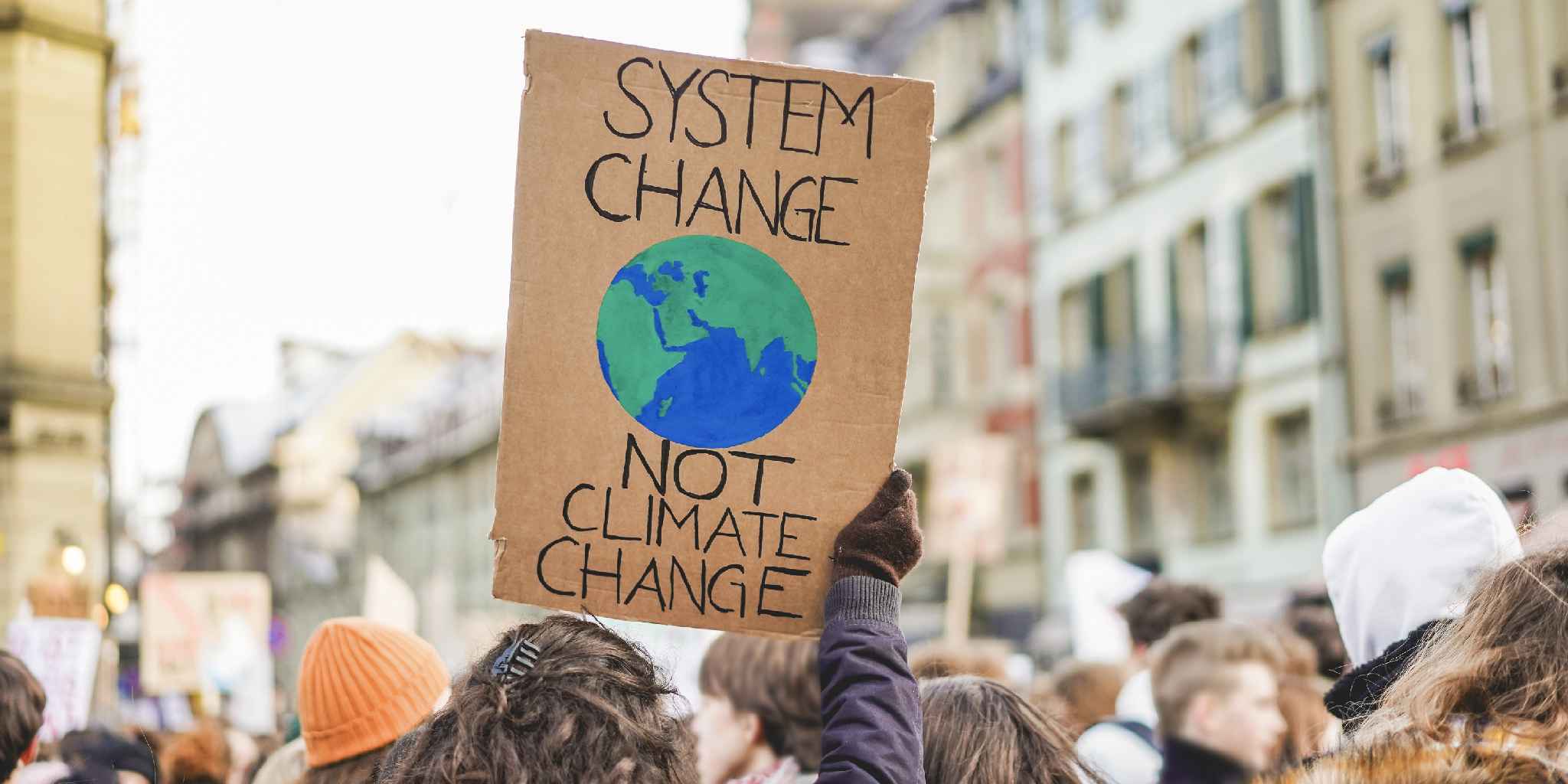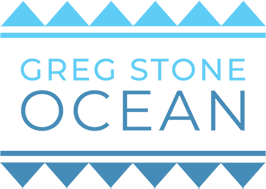Youth Activism — Benjamin Kay

Global Climate Change is a crisis that affects everyone everywhere. One reason Climate Change has not been decisively addressed is that it always is spoken about in the future tense. “If we don’t do x, global temperatures will rise by y degrees by the Year z.” For big policy decision makers, “Year z” will be after they are gone from this earth. They won’t suffer the consequences of their inaction. It is today’s youth who will inherit the damaged world their elders leave behind. Fortunately, growing knowledge of Anthropogenic or human-caused Climate Change.has led to campaigns of youth environmental activism.
“In the end, we will conserve only what we love, we will love only what we understand, and we will understand only what we are taught.”
Baba Dioum, 1968.
The rise of youth environmental activism is led by passionate teachers and their classrooms. Organizations like Youth Climate Strike are facilitating youth activism on the global level. While organizations like Philippe Cousteau’s Earth Echo International give tools focused on local action. Youth environmental activism starts locally and grows outward—and teachers are a key part.
Benjamin Kay teaches Marine Biology at Santa Monica High School. He is an environmental activist and sustainability advocate. He carries his own metal cutlery with him so he doesn’t use disposable plastic utensils. However, his greatest gift to the world are his students. Benjamin’s mission is to get students out of their “Me Bubbles,” so they can connect with nature and their communities. As a high school science, Kay has seen his students win several science fairs at the county and state levels. In addition, Kaye has facilitated their youth environmental activism by sponsoring Team Marine, the marine biology and environmental awareness club on campus. Team Marine isn’t just any high school club though. The activism of Benjamin Kay’s students has led to real results. For one science fair project, they collected over 40,000 cigarette butts from streets and gutters. Another science fair project led the students to realize just how much single-use plastic bags contribute to beach pollution. Team Marine even converted a donated 1971 VW Beetle into a fully functional plug-in electric car.
Team Marine has had a strong real-world impact. When they learned that almost forty percent of ocean plastic pollution was plastic bags, those students led a campaign to ban single-use plastic bags in Santa Monica. As Benjamin says, “It took longer than we thought. The plastic industry came in and threatened a lawsuit. It took some time, but the students kept at it.” Eventually the students beat the opposition, and the ban became law in Santa Monica. Today, single-use plastic bags are banned in the entire state of California. Kay says, “I often tell my students hope is meaningless; action is everything.”
In his interview on The Sea Has Many Voices, Benjamin Kay says that his goal is not to inspire hope but to inspire action. He teaches science, laying information out for all of his students and letting them come to understand the problem and solutions. Through his teaching, he’s been facilitating youth activism. One key to this is to make sure students understand the “anthropogenic impact” of people on the earth. When people understand that a problem is caused by people, they understand the solution can be created by people. But even now there is a lot of ignorance and outright denial. Kay recalls a time when a school administrator told him “We want you to teach climate change in a neutral way.” Benjamin’s response was straightforward: “What do you mean? The consensus about climate change has been out for a while. The solutions are laid out in the textbook. I’m teaching science.” Benjamin Kay is a very mellow guy, a teacher who is not above dad jokes and bad puns. The only way to get a rise out of him is to suggest that anthropogenic climate change doesn’t exist or it isn’t a problem. But even at his most passionate, Benjamin is all about the science. He calls it “science-informed healing.”
Youth environmentalism is not a new phenomenon. Nor is it new for passionate teachers to facilitate youth activism. What is new is the sense of urgency the youth feel. There is no longer any legitimate debate over the existence of Anthropogenic Climate Change. Warnings about Global Climate Change are no longer given in general terms. They are given in terms of 10, 20 and 50 years – the time when today’s youth will be having children and grandchildren of their own. Teachers like Benjamin Kay don’t need to push their students to action. They can just teach the science and allow the students to take action on their own. Teachers are not acting as leaders but as guides and examples for their students.
— Luis L.
